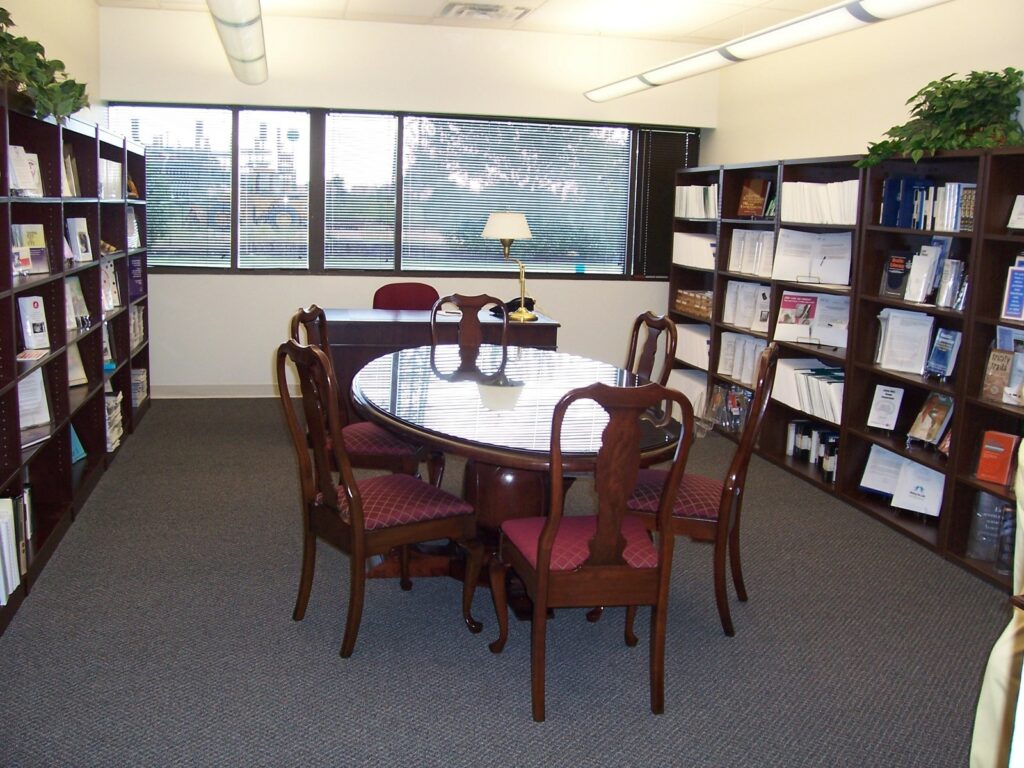Good lighting is critical for people with low vision as well as people who have normal age-related vision changes. Lighting and glare affect all aspects of life including reading, getting around, fall prevention, driving, watching television, to name just a few. Thus, VisionAware is pleased to introduce you to a new 18-page booklet entitled Lighting Your Way to Better Vision, published by the Illuminating Engineering Society (IES), and prepared by the IES Lighting for Seniors and the Visually Impaired Committee. It is available as a free download from the IES website.
The IES is “the recognized lighting authority in North America,” and the committee members that authored the booklet are experts about lighting as it relates to age-related vision changes.
The brochure discusses changes that you can make to your home to make it safer to get around such as utilizing LED light bulbs and/or changing light fixtures or even the electrical box, both of which require advanced electrical skills.
Basics of Lighting
The brochure covers and explains important aspects of lighting and definitions of terms including ambient light, task lighting, accent light, daylight, interior surfaces, correlated color temperature, color rendering, lumens, wattage, foot candle, lux, direct glare, and reflected glare. The discussion covers, for example, why interior surfaces impact lighting stating that ceiling and walls with lighter colors reflect more light while dark colors absorb light. You will want to read the other recommendations.
The booklet discusses several aspects of lighting that can help with compensating for age-related visual changes:
- Need for uniform lighting within a room and from one room another
- Need for higher light levels to compensate for normal changes in vision due to aging
- Need for glare free lighting due to normal age-related changes in the eye as well as cataracts, diabetic retinopathy, and other eye conditions. Indirect lighting provides higher light levels without glare.
- Need for light that helps with color identification
Recommendations for Lighting in Areas of Your Home
 Glare on Table through Open Blinds
Glare on Table through Open Blinds
The booklet details ideas for lighting in all areas of your home; a few examples are given below. The authors provide pros and cons for each lighting application method:
- Outside – consider lighted pathways and easy to read house numbers.
- Indoors—bring the outside light in and replace incandescent with LEDs.
- Interior stairs– add lights to risers and add contrast to edge of steps.
- Kitchen— brighten by using ambient and undercabinet task lighting with dimming controls.
- Dining table and work areas–provide dimmable lighting for different tasks, dining, paying bills, and reading the newspaper.
- Bedroom– Consider day and night lighting needs and easy to reach bedside controls.
- Night Lighting —provide “pathways” of light from bedroom to bathroom using low level amber lighting such as plug-in nightlights or rope lighting.
Light Exposure also Has Health Benefits
- Light through the eyes, especially morning light, helps to synchronize circadian rhythm and increases alertness during the day.
- Direct sunlight on the skin (without sunscreen) for as little as 15 minutes per day improves bone health.
Criteria for Making Good Decisions
The booklet details how to choose ambient, indirect, and task lighting as well as colors for painting the walls and ceiling. It also covers windows and skylights.
Downsizing Checklist
If you are considering downsizing or even moving, be sure to review the lighting checklist provided in the guide.
Recommended Practice Lighting and the Visual Environment for Older Adults and the Visually Impaired